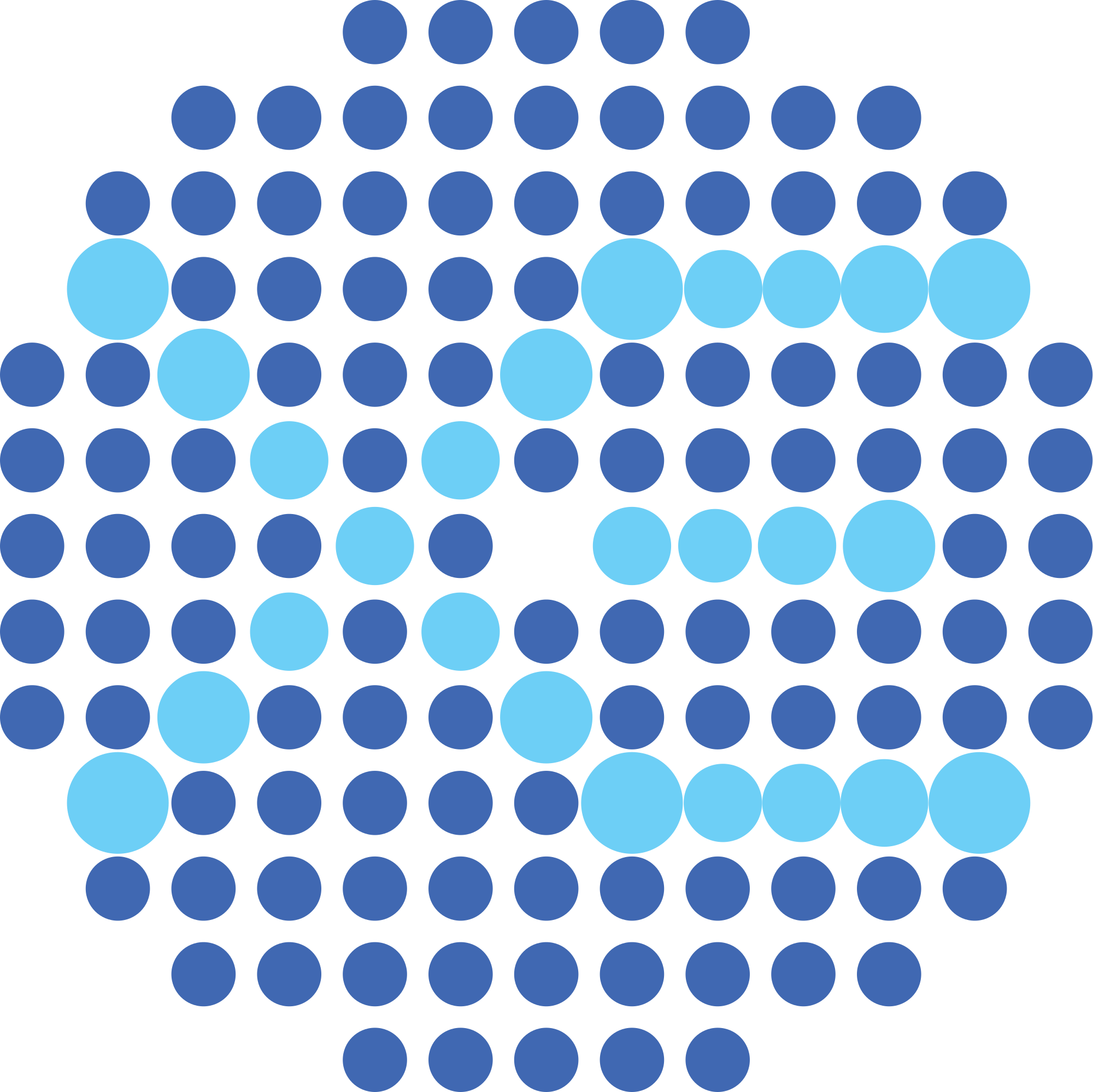Featuring several kilometers of cables, dozens of analog electronics modules, crates of purpose-built specialty computers, and backed by a small server farm, the XENON1T data acquisition system (DAQ) was designed to put our data onto disks. The XENON Collaboration recently published a technical paper on our DAQ in JINST, of course also available on arXiv.
The XENON1T detector measures light, which creates analog electrical signals in 248 independent photo-sensors. The DAQ is responsible for converting these analog signals to a digital, storage-ready format, deciding what types of aggregate signal indicate the presence of a physical interaction in the detector, and recording all the interesting data onto disk for later storage and analysis.

There are a couple novel aspects of this system. The first is that the data is streamed constantly from the readout electronics onto short-term storage, recording all signals above a single photo-electron with high (>93%) efficiency. This is different from a conventional data acquisition system, which usually would require certain hardware conditions to be met to induce acquisition, also called a trigger. We defer our trigger to the software stage, giving us a very low energy threshold.
The software trigger itself was implemented as a database query, which is another novel aspect of the system. Pre-trigger data was stored in a MongoDB NoSQL database and the trigger logic scanned the database looking for signals consistent with S1’s (light) and S2’s (charge). If the algorithm found a matching signal, it would retrieve all the nearby data from the database and write it to storage. Because of the speed of NoSQL databases, this worked the same in both dark matter search mode, where we record just a few counts per second, and calibration modes, where we could record hundreds of counts per second.
To complete the high-tech upgrade of our system, we also ran the user interface as a web service. This means the system could be controlled from laptops, smartphones, or tablets anywhere with a 4G connection, contributing to the high uptime of the detector.
The DAQ is currently being updated to double its capacity to read out the XENONnT detector, so stay tuned.
